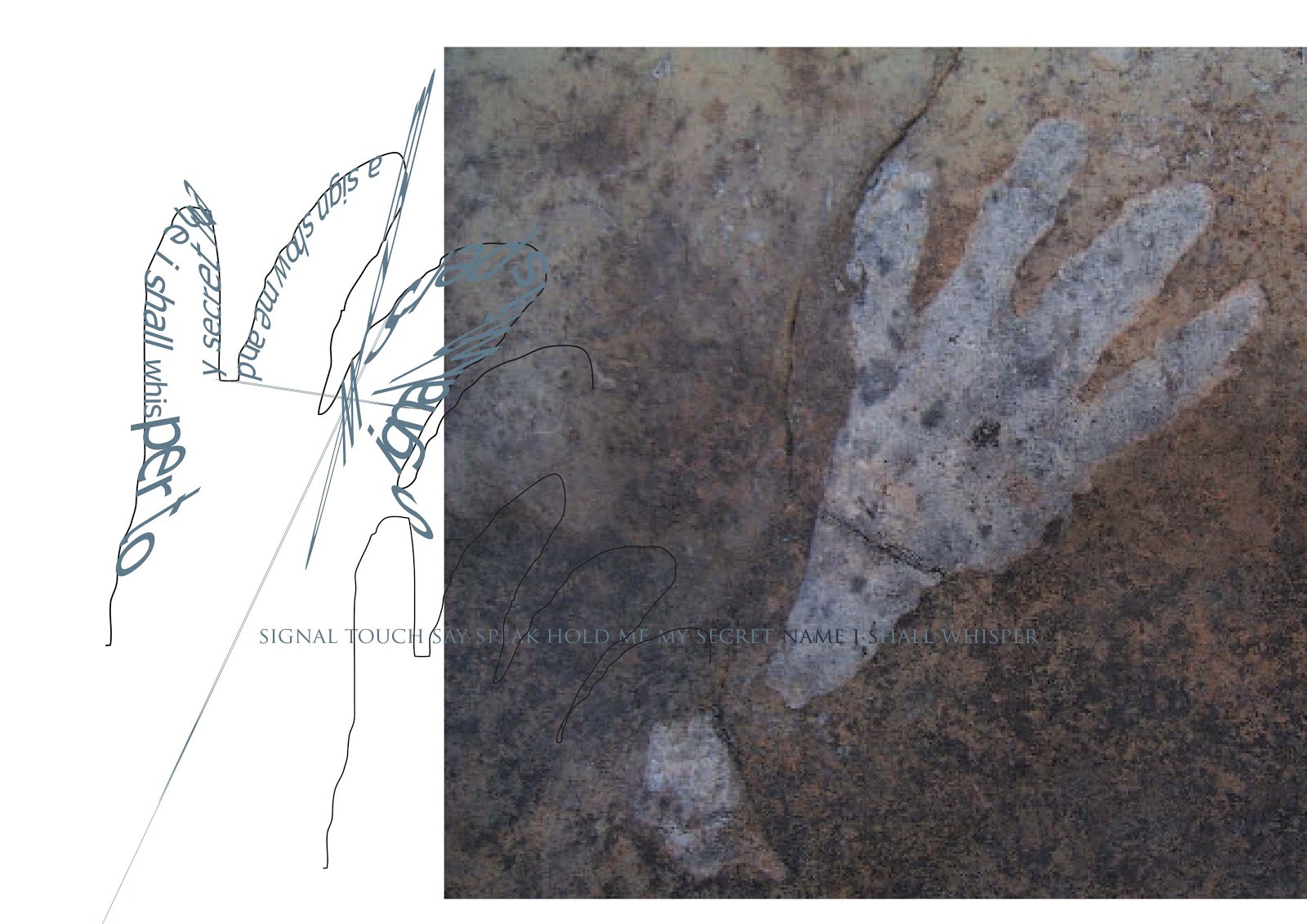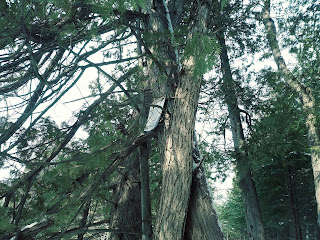Power Geometry
Last night I was reading Alison Blunt and Robyn Dowling’s book Home. They propose three components for a critical geography of home which resonate for my analysis of place and belonging (I, for the moment, conflate ‘home’ and ‘place’ as it’s not clear how Blunt and Dowling conceptualize this relationship, and I haven’t thought through it yet):
“…home as simultaneously material and imaginative; the nexus between home, power and identity; and home as multi-scalar.” (22)
They write about Doreen Massey’s concept of “‘power geometry’ whereby people are differently positioned in relation to, and differentially experience, a place called home” (25) which I think will be useful in the context of La Cloche and Manitoulin Island.
As a creative exercise I map a quick personal map of Whitefish Falls where I grew up (see yesterday’s post). I need to read more of Massey and think through her concept of space and place. Interestingly I realized while drawing that the community is not entirely as I remembered: I often think that the village was effectively drawn along racial lines (minus a few people on either side), physically divided by the bridge. This was not actually the case (at least not during the time I lived there) – there are many mixed families (including our next door neighbours and the home of my first sweetie). Probably the line was more divided by income levels if I think about it (but again this is not entirely true). Regardless, the village has multiple geographies and boundaries. The formal boundary of the Whitefish River First Nation ran through the village, yet the Ojibwe imaginative and historical boundaries are really much larger than the current treaty boundary.
As my house was sometimes chaotic and my mind equally so, I found myself drawn to the bush and would find comfort there. My sense of home was much broader than the physical house in which we lived and supports feminist critiques of both phenomenological concepts of home as the sanctum, and gendered spatialization of masculine public and feminine private spheres. To draw a full map of ‘my’ home would mean extending quite far beyond our house, the village and into crown and First Nations lands, as well as onto lands owned by INCO mining, as I would spend many hours walking in the bush, following the lakes, climbing hills – I felt at home in an area that was not mine. So, I come up against colonial/western/capitalist constructions of home as that which we own - however, is sense of home a claim to ownership in some form, at least imaginative?




Comments